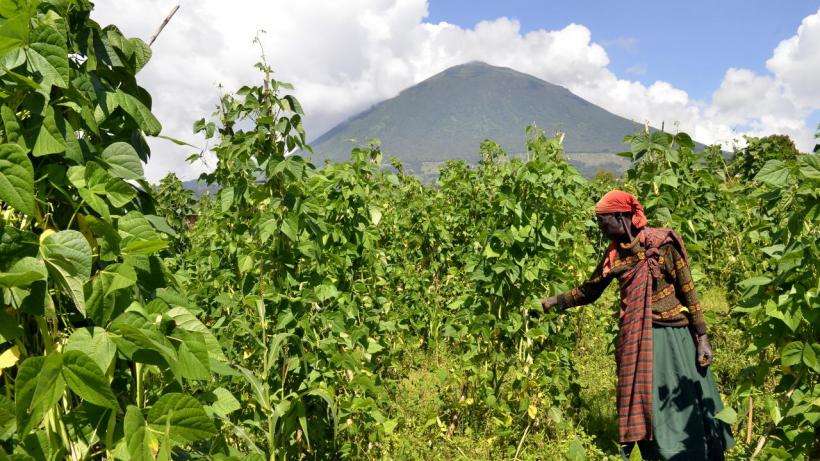
Incentives in support of agriculture in the East African Community
Since the East African Community (EAC) common market protocol was ratified in 2009, tremendous progress has been made in reducing transport and logistics costs as well as barriers to trade. However, that pace of regional cooperation appears to have slowed.
To achieve regional objectives in the EAC, a more concerted effort could instil trust in the benefits of integration. On the other hand, inadequate commitment to a regional development agenda leaves room to pursue national objectives – often at the expense of regional objectives. This has been particularly evident in the agricultural sector, where several bitter disputes relating to trade in agro-processed commodities have occurred. Amicable resolutions have been hindered by mistrust between EAC member countries, intensified through individual national choices of agriculture and trade policies that did not consider the effects of those policies on the counterparts. As each country seeks to raise its own domestic value-added while improving its external trade position in agriculture, analysis of the growth and welfare implications of the different approaches is imperative.
Agriculture development policy consists of input and output price support
Agricultural policy measures available to governments typically include:
- public goods provision in the form of infrastructure,
- research and development, and,
- subsidies to producers in the form of direct transfers or output/input market price subsidies.
A new IGC study finds that agricultural subsidies are the most widely applied policy among EAC countries. As a share of total agricultural-specific expenditures, direct transfers to producers are 39% in Tanzania, 35% in Rwanda, 25% in Kenya, and 15% in Uganda. By contrast, agricultural research accounts for less than 15% of agricultural-specific expenditures. Crop priorities differ across countries. Tanzania and Rwanda focus on promoting food commodities while Kenya on livestock. Uganda evenly distributes support across all commodity groups.
East African Community Common External Tariff
Output price support for agricultural commodities is provided according to the EAC Common External Tariff (CET) structure. For goods originating from outside the EAC, the CET implies import levies at the rate 0-15-25% for primary, intermediate, and finished goods respectively. However, the CET for staple crops like maize, rice, and wheat exceeds 50%. The study finds that in the seven years following Rwanda’s ratification of the EAC Common Market protocol in 2010, domestic prices exceeded international prices by 55% for wheat and 117% for rice. This was driven to a large extent by the CET.
Although these percentages would imply substantial price incentives for producers to increase output, this has not been observed. During the period 2010-17, wheat and rice output grew by 4.5 and 6.2%, and this was driven largely by area expansion rather than productivity. Based on the evidence presented in the study, in a setting such as Rwanda’s, price support measures appear to be unsuitable for promoting competitiveness and stimulating local cereals processing industries. Moreover, focusing on cereal commodities might not sufficiently improve the country's external trade position.
Agricultural policy can stimulate growth if targeted towards public goods
However, there are other potential measures that Rwanda and its East African Counterparts can implement including:
- complementing the current food availability policies with measures that improve food access, affordability, and price stability;
- rebalancing public expenditure in support of agriculture towards public goods such as agricultural research, which is found to generate substantial gains for economic growth, and;
- learning from the successes of the South African Development Community (SADC) as a Regional Trade Area by strengthening regional cooperation frameworks to cultivate increased trust in regional integration.
The efficacy of such policies would rest on East African countries shifting from policies focused on promoting food self-sufficiency towards mutual dependency based on comparative advantages. For instance, land-constrained countries like Rwanda can focus on high-value commodities to growing markets in Europe, USA, and Asia, whilst also developing high quality agro-processing facilities to re-export value-added processed cereals to neighbouring countries.
Editor’s Note: This blog is part of the IGC’s 10 year celebration series. This blog is linked to our work on trade and industrialisation.

